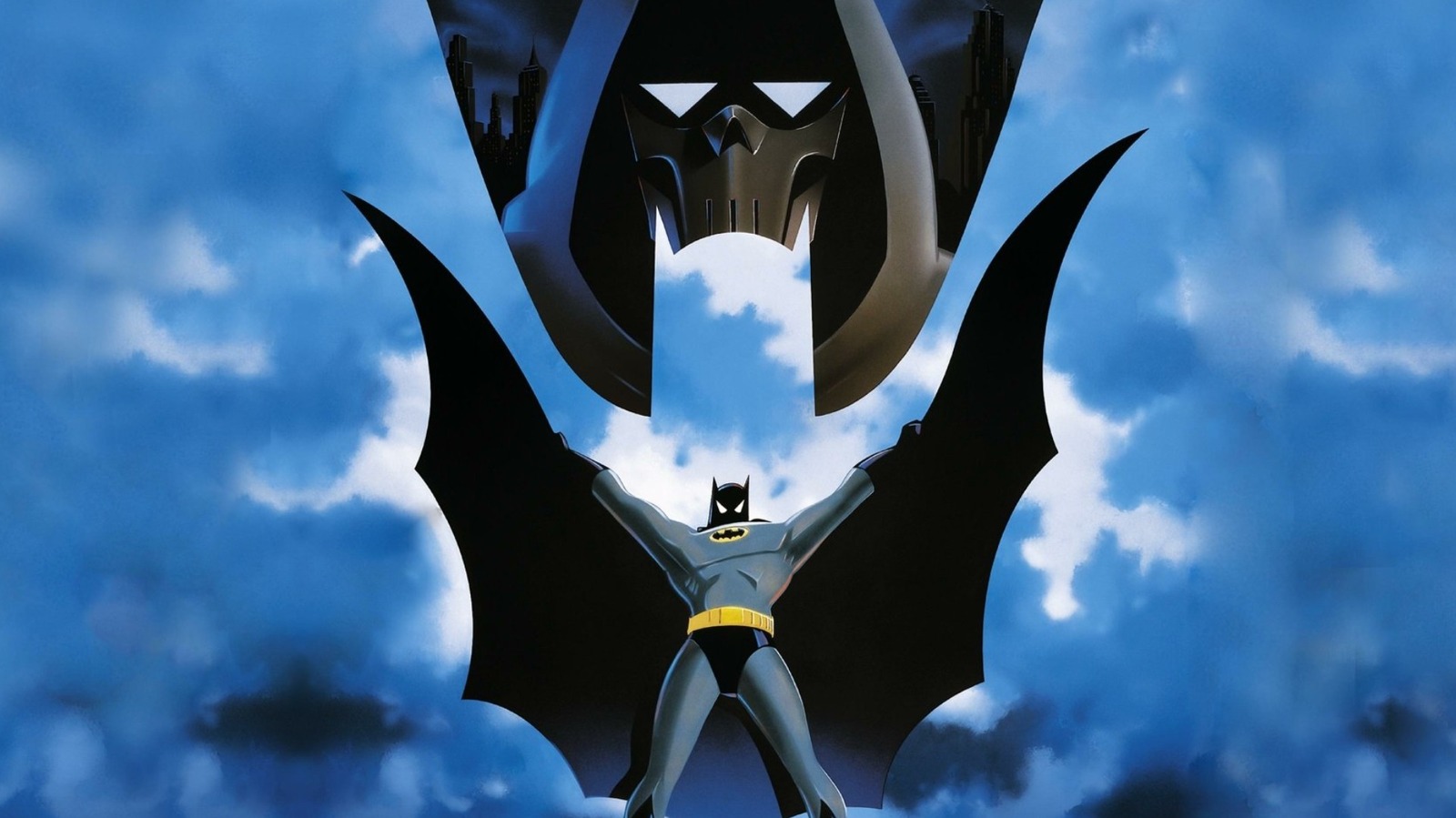Copyright slashfilm

A chronological "Batman: Mask of the Phantasm" loses this narrative flow and dilutes the movie's contrasting of past and present. The greatest contrast turns out to be not Bruce, but Andrea. She's the Phantasm, out to kill the gangsters who murdered her indebted father Carl. Bruce and Andrea once completed each other's now broken hearts; both lost their parents and then became a dark avenger of the night. The Phantasm's black costume and cape are obviously meant to resemble Batman's. The police mistake the Phantasm for Batman, because they look and act so similar from a distance. While vengeance always tempts Batman, his true goal is justice. His tribute to his parents' memory isn't getting revenge on their specific killer, it's fighting every night to ensure no one else has to suffer the pain that an orphaned little boy once did. Andrea, however, is only out for personal satisfaction and has no problem committing murder to get it. Once she represented Bruce's hope for a brighter future, and now she's a dark reflection of what his future became. "Batman: The Animated Series" takes a lot of its style from film noir. Many noirs have non-chronological storytelling (e.g. "Double Indemnity," "Out of the Past"), so "Mask of the Phantasm" fits in that tradition. Andrea, too, is something of an unconventional femme fatale. Humphrey Bogart's romantic noir "In A Lonely Place" features a man destroying his relationship with his girlfriend (Gloria Grahame) through a short temper and paranoia. The movie ends with three lines that summarize their romance, and I think, too, Bruce and Andrea's: "I was born when she kissed me. I died when she left me. I lived a few weeks while she loved me."



